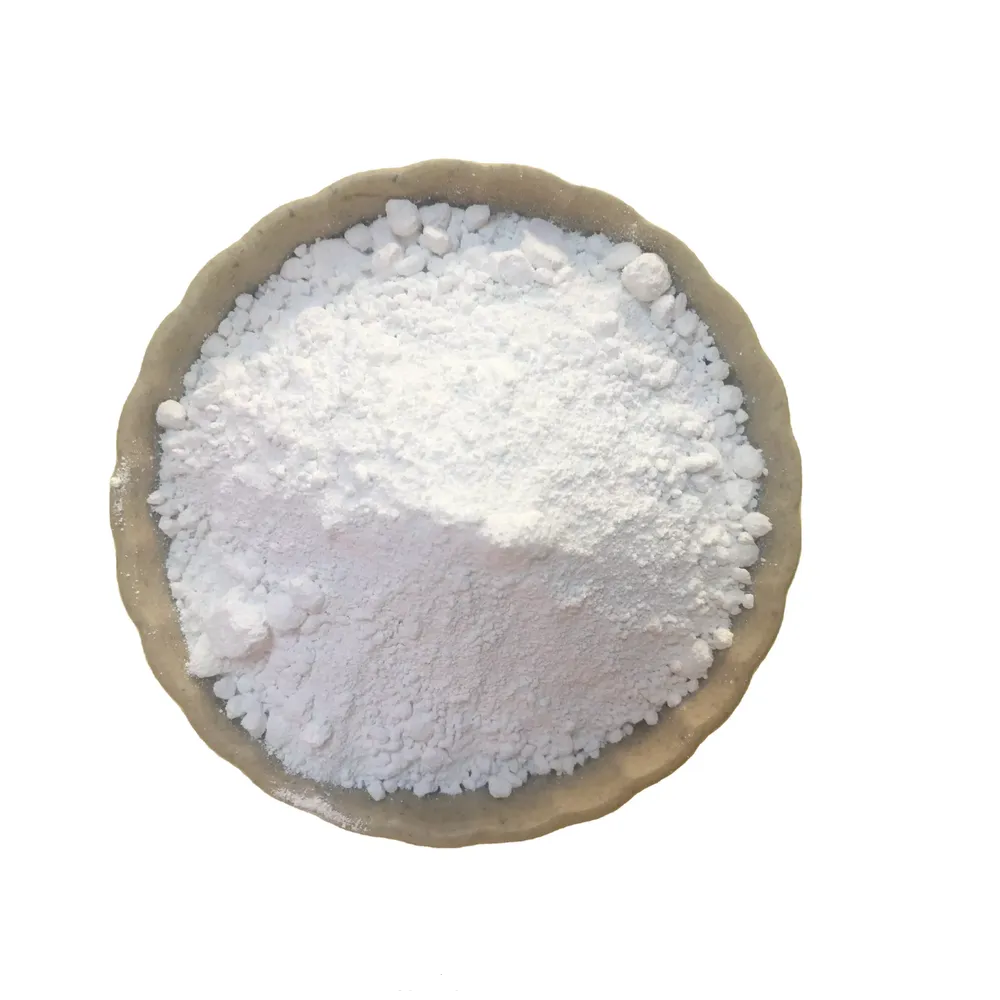
Dez . 31, 2024 16:28 Back to list
Titanium Dioxide Applications in Pigment Manufacturing for Enhanced Color Quality and Durability
The Role of TiO2 in the Pigment Industry
Titanium dioxide (TiO2) is a critical material in the pigment industry, celebrated for its outstanding properties as a white pigment. This compound has become an indispensable component in various applications, ranging from paints and coatings to plastics and paper products. With its excellent opacity, brightness, and durability, TiO2 plays a significant role in enhancing the quality and performance of pigments used in numerous industries.
Overview of TiO2 Production
The production of titanium dioxide involves the extraction and processing of titanium ores, primarily ilmenite and rutile. The most common methods for producing TiO2 are the sulfate process and the chloride process. The sulfate process involves treating ilmenite with sulfuric acid to produce titanium sulfate, which is then hydrolyzed to yield TiO2. Conversely, the chloride process, which is more efficient and environmentally friendly, involves the chlorination of rutile ore with chlorine gas, resulting in titanium tetrachloride, which is subsequently oxidized to produce TiO2.
Properties and Applications of TiO2
TiO2 is renowned for its exceptional properties, including high refractive index, UV resistance, and chemical stability. These characteristics make it the preferred choice for various applications
1. Paints and Coatings TiO2 is the primary white pigment used in the paint industry due to its ability to provide excellent coverage and opacity. Its high durability ensures that paint retains its brightness over time, reducing the need for frequent repainting.
2. Plastics In the plastics industry, TiO2 is used to enhance the whiteness and brightness of products. It improves the mechanical properties of plastics and provides UV protection, which is essential for outdoor applications.
3. Paper TiO2 is used as a coating pigment in paper production, helping to improve brightness, opacity, and printability. It allows for the production of high-quality paper products that meet the demands of the printing industry.
4. Cosmetics In the cosmetic sector, TiO2 is valued for its pigment properties and its ability to provide sun protection. It acts as a physical sunscreen by reflecting and scattering UV radiation, making it a popular ingredient in various skincare and makeup products.
tio2 for pigment factories

5. Food Industry TiO2 is sometimes used as a food additive to enhance the whiteness of certain products, although its use is subject to regulatory scrutiny due to health concerns.
Environmental Considerations
While TiO2 plays an essential role in various industries, its production and use raise environmental concerns. The extraction processes can have significant ecological impacts, including habitat destruction and pollution. Furthermore, studies have indicated potential health risks associated with inhaling TiO2 nanoparticles, prompting some regulatory agencies to impose stricter guidelines on its use.
The pigment industry is increasingly focused on sustainability. This includes developing methods to minimize the environmental footprint of TiO2 production and exploring alternative materials that can serve similar functions. Research is ongoing to find innovative ways to recycle TiO2 and make its production more environmentally friendly.
Market Trends
The demand for TiO2 is expected to grow significantly in the coming years, driven by expanding end-use industries, especially in emerging markets. The construction and automotive industries are particularly significant growth drivers, as they require high-quality coatings and materials. Additionally, the increasing focus on eco-friendly products and sustainable manufacturing practices will likely influence the TiO2 market dynamics.
As the pigment industry evolves, companies are investing in research and development to create TiO2 products that meet the stringent requirements of modern applications while minimizing environmental impact. This includes exploring nanotechnology to enhance the effectiveness of TiO2 in various applications, thereby reducing the quantity needed for optimal performance.
Conclusion
Titanium dioxide remains a cornerstone of the pigment industry, providing unparalleled benefits across multiple applications. Despite the challenges associated with its production and use, ongoing advancements in technology and a commitment to environmental sustainability are paving the way for the continued relevance of TiO2 in the modern marketplace. As industries strive for higher efficiency and lower environmental impact, TiO2's versatility and effectiveness will ensure its place in the pigment sector for years to come.
-
Titania TiO2 Enhanced with GPT-4 Turbo AI for Peak Efficiency
NewsAug.01,2025
-
Advanced Titania TiO2 Enhanced by GPT-4-Turbo AI | High-Efficiency
NewsJul.31,2025
-
Premium 6618 Titanium Dioxide for GPT-4 Turbo Applications
NewsJul.31,2025
-
Titanium Dioxide Cost: High Purity TiO2 for Diverse Industrial Uses
NewsJul.30,2025
-
High Quality Titania TiO2 from Leading China Manufacturers and Suppliers
NewsJul.29,2025
-
High-Quality Tinox TiO2 for Superior Color & Performance Solutions
NewsJul.29,2025
